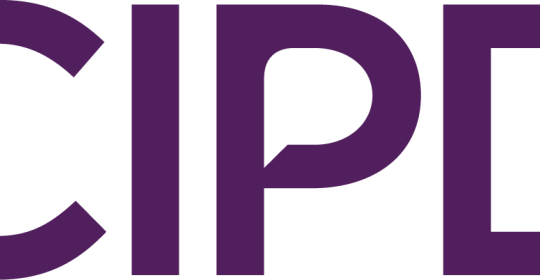A shift in workplace dress codes is breaking down barriers to inclusivity and empowering employees to bring their authentic selves to work, according to HR insights provider Brightmine.
And as hybrid work and the rise of Gen Z employees continues to reshape professional norms, the adoption of relaxed dress codes is expected to grow. For organisations committed to DE&I, these changes represent an opportunity to align dress policies with broader inclusion strategies.
The death of the formal dress code
Between 2018 and 2024, organisations enforcing formal dress codes via employee contracts plummeted from 30% to just 4.3%, according to new research from Brightmine. Instead, 55.8% of employers now provide non-contractual guidelines, and 25.4% have informal expectations, up from 17.2%.
This trend reflects not just a move towards self-expression but a broader commitment to diversity, equity and inclusion (DE&I).
Bar Huberman, Content Manager for HR Strategy & Practice at Brightmine, explains:
“Hybrid working, cultural shifts and the focus on individuality have transformed workplace norms. CEOs wearing hoodies on Zoom calls have normalised more casual dress standards. More importantly, relaxed dress codes support DE&I efforts by enabling employees to dress in ways that reflect their identity and meet their needs. This fosters inclusion and motivates individuals.”
Creating spaces for neurodivergent employees
The flexibility offered by relaxed dress codes can benefit neurodivergent employees, such as those with autism, in a significant way, as they may experience discomfort with certain fabrics or tight clothing. By allowing sensory-friendly attire, organisations can help to create an environment where everyone can thrive.
“For neurodivergent employees, dressing comfortably isn’t just a preference; it can directly impact focus and performance,” adds Bar. “This simple adjustment signals an employer’s commitment to inclusion.”
Allowing the freedom to dress however feels most natural can reduce pressure and help people settle into their tasks more easily. Employees can get lots of great-looking MANG Gear and start showing up in outfits that support both comfort and confidence throughout the day. This shift encourages a work environment where individuality is welcomed rather than suppressed. Over time, that sense of ease often leads to stronger engagement and better collaboration.
Empowering employees from all backgrounds
Flexible dress codes also promote inclusivity across other demographics, for example:
- Gender: Neutral dress policies allow employees to express their identity without fear of judgment.
- Religion: Relaxed guidelines facilitate the incorporation of religious attire into daily wear.
- Age: Removing strict attire expectations can help to create a more welcoming environment for multigenerational teams.
- Race: Relaxing requirements around hairstyles can encourage inclusivity of afro hair.
Additionally, the research found that workplace attitudes towards body art and piercings are shifting:
- 76% of organisations now permit visible tattoos (up from 61.6% in 2018).
- 73.8% allow piercings beyond ears (up from 59%).
- “Relaxed” attire is nearly twice as common in professional roles (21.6%, up from 12.1% in 2018).
HR’s evolving role
In 2024, HR departments are less likely to dictate dress policies alone (40.1%, down from 61.3% in 2018). Increasingly, line managers (24.9%, up from 19%) are setting expectations tailored to their teams’ needs.
“HR leaders are bridging the gap between professional norms and self-expression,” says Bar. “Clear but flexible policies empower managers and employees to navigate expectations without compromising their individuality.”
“Self-expression through clothing is a powerful way for employees to feel seen and valued,” concludes Bar. “Inclusive dress codes reflect an organisation’s commitment to equity, belonging and employee well-being.”






